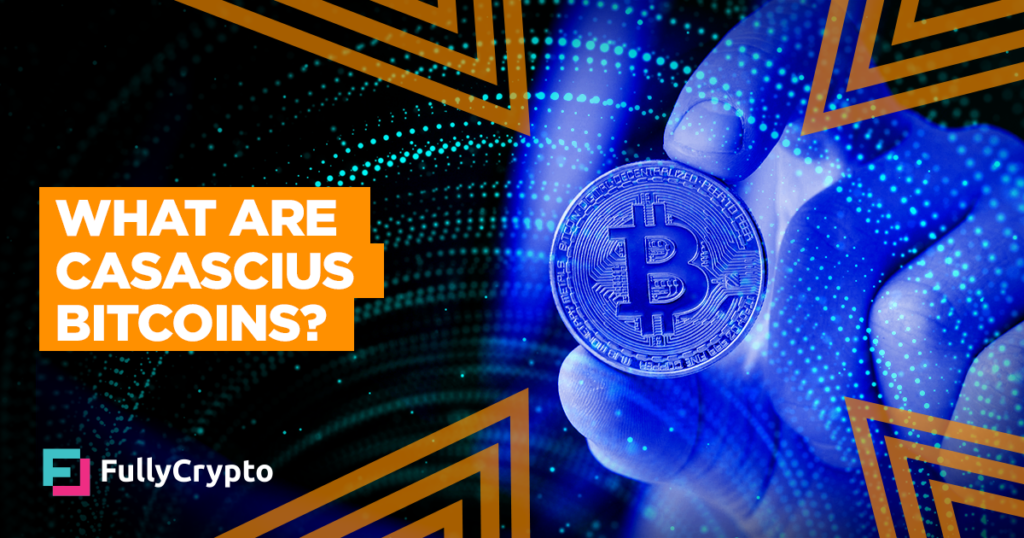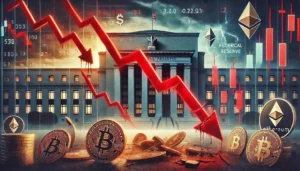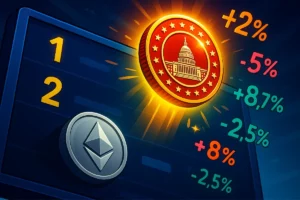
What Are Casascius Bitcoins and Why Are They So Expensive?
For those who are unfamiliar with the world of cryptocurrency, it may come as a shock to learn that there exist physical representations of Bitcoin. However, these tangible tokens hold more significance than their mere existence. They’re called Casascius Bitcoins, and for many reasons, they have become incredibly valuable.
The story of Casascius Bitcoins begins in 2011 when Mike Caldwell, an American resident, launched his brainchild. His initial goal was to create a “proof of concept” that would serve as a catalyst for people to discuss Bitcoin. Caldwell aimed high, producing ₿ 10, ₿ 25, ₿ 100, and even ₿ 1,000 versions.
What sets these coins apart from the countless other physical interpretations of cryptocurrencies is their design. They contain redeemable BTC, with the private key hidden beneath a hologram layer printed on the coin. This innovative feature allowed users to access the virtual contents only if they removed or “peeled” the hologram layer. The allure of these unique items sparked widespread interest.
As demand surged, Caldwell’s production line came to an abrupt halt in November 2013. The reason behind this sudden stop was a notification from the Financial Crimes Enforcement Network (FinCEN), declaring that selling such coins with the BTC inside would classify him as operating a money transmitting business. To avoid potential legal issues and state licenses, Caldwell wisely chose to cease production of these BTC-filled items.
Consequently, any pre-November 2013 coins became scarce and, in turn, their value skyrocketed. A tracking website called Casascius Bitcoin Analyzer reveals that an astonishing 9,689 of the 27,834 items produced prior to the cutoff date have been opened or “peeled”. This means roughly one-third (34%) of these unique tokens have had their innards removed.
It’s worth noting that only two of Caldwell’s five flagship ₿ 1,000 bars remain unopened, now valued at a staggering $92 million each. As for the pre-2013 editions appearing on eBay, it’s no surprise that they sell for a hefty premium. The most recent instance of peeling took place in October this year.
It appears that more than 65% of Caldwell’s originals still remain untouched, and judging by their history, it’s plausible that their value will continue to appreciate over time.
Source: fullycrypto.com


